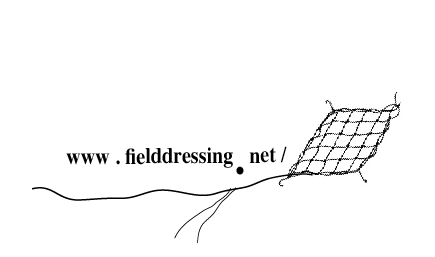Common Milkweed
Common Milkweed
Common does not mean boring! Common Milkweed (Asclepias Syriaca) is a tall and sturdy perennial wildflower that hosts butterflies, moths and pollinators and requires little care once established to enjoy the sweet scent of its lavender flower globes that feed the butterflies from June to August. With an average height of 3 to 4 feet, this is plant can tolerate drought and flood alike, but requires full sun to reach it’s potential. Common Milkweed is native to the majority of the eastern US and Canada.
CONDITIONS
Asclepsias Syriaca thrive in many soil types and can tolerate both wet and dry conditions due to its taproot system. A. Syriaca thrives in full sun an can only tolerate partial shade. They should be placed 1-3 feet apart as they spread and grow quite large.
This milkweed does well in poor dry soils as well as richer more moist areas.
BENEFITS
As the most common milkweed, Syruiacqa was once everywhere across the US and used to provide a highway migrating Monarch Butterflies. It should be known that many nurseries sell nonnative tropical milkweeds which can disrupt monarch migrations by confusing them into breeding during a time they shoud be migrating, and end up killing the butterflies despite being marketed for butterfly gardens. A. Tuberosa is recommended to save all type of pollinators. Mature plants self-seed readily as well as spread through rhizomes, and so the Common Milkweed will easily multiply. This milkweed has a sweet vanilla scent to its bloom which you will enjoy.
CARE
. Plant in areas with most possible sun exposure. Water when first placed into ground and then sparingly. Once the taproot develops, try not to transplant your milkweed. Make sure it is planted in an area not crowded out by taller plants. May bloom in first year or take up to 3 years. Expect fewer blooms in shadier locations. If your soil is hard and clay filled, you can mix some sand perlite and/or rocks deep into the soil to encourage draining, but this is not necesary. A syriaca is a very sturdy plant and great for beginners.
This plant pairs well with Wingstem, vervain, Ironweed, eastern bluestar, scarlet beebalm, button blazing star and rabbit tobacco.




